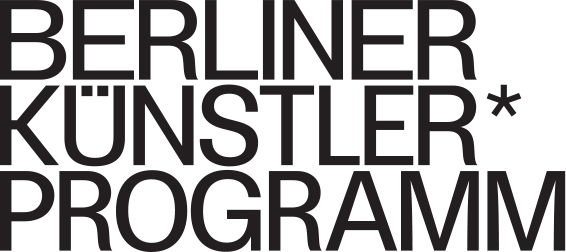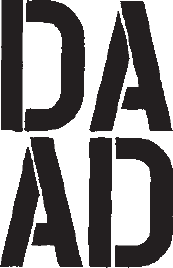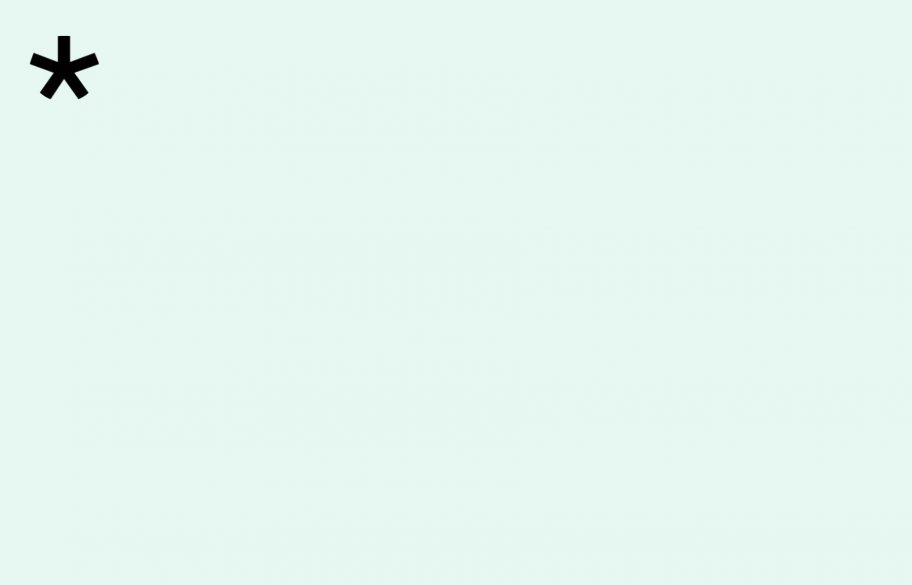Austria, Visual Arts, 1971
Christian Ludwig
Attersee
Christian Ludwig Attersee (b. 1940 as Christian Ludwig in Bratislava) was a fellow of the DAAD Artists-in-Berlin Program (BKP) in 1971. Attersee’s early practice was situated close to object art and action art; in the mid-1960s he began inventing the objects for which he is best known, such as Speisekugel, Speiseblau, and Attersteck. He later made paintings and color drawings featuring these invented objects; by incorporating other elements such as music, language, photography, and film into his works, he developed a new form of gesamtkunstwerk (total work of art). In 1967 Attersee and his artist friends Wolfgang Bauer, Otto Mühl, Hermann Nitsch, Gerhard Rühm, and Oswald Wiener organized the “Zockfest,” an evening of artistic performances and “actions” in Vienna. In 1968 a series of Attersee’s actions were shown in the Austrian TV film “Count-down,” and in 1969 Deutsches Fernsehen (German public television) made a two-hour color film about his inventions, objects, paintings, and texts. In connection with this broadcast, an LP of songs was released—Attersee also performed as a rock n’ roll singer in dance halls and had developed his own singing language. He organized his artistic output into groups of works—in the 1960s and 1970s, for example, he produced series on the themes of food, everyday objects, beauty and cosmetics, and he also created the cycles Segelsport, Servierlust und Serviettenallerlei, and Triebstör und Schwarzbesamung. Attersee subsequently focused more on drawing and panel paintings, placing particular emphasis on the themes of sexuality and nature experience. During his time in Berlin, the enterprising representative of Austrian Pop art planned to produce a print portfolio of his inventions, produce a comic book with Oswald Wiener, and make a revue film “in his characteristic style” with a Berlin television company. In September 1972 the exhibition Attersee Zyklus Segelsport. Bilder und Zeichnungen. Berlin 1971–72 was shown at Galerie Springer in Berlin, in collaboration with the Artists-in-Berlin Program, and was accompanied by a catalogue of the same name.
In 1986 Attersee returned to Berlin for his solo exhibition Bilder 1977–1986 at the Nationalgalerie; live music was performed at the show’s opening at the Grundkreditbank.
Attersee took part in documenta 6 in 1977 and represented Austria at the Venice Biennale in 1984. A number of important retrospectives of his work have been shown since the early 1980s: at the Museum des 20. Jahrhunderts in Vienna; Stedelijk Van Abbemuseum, Eindhoven; Museum of Contemporary Art, Belgrade; Künstlerhaus Wien, Vienna; Kunstsammlung Nordrhein-Westfalen, Düsseldorf; and Stedelijk Museum, Amsterdam. In 1990 Attersee was appointed to a teaching post at the Hochschule für angewandte Kunst in Vienna, and in 1992 he became a professor for the master class in painting, animated film, and tapestry.
Text: Eva Scharrer
Translation: Jacqueline Todd


